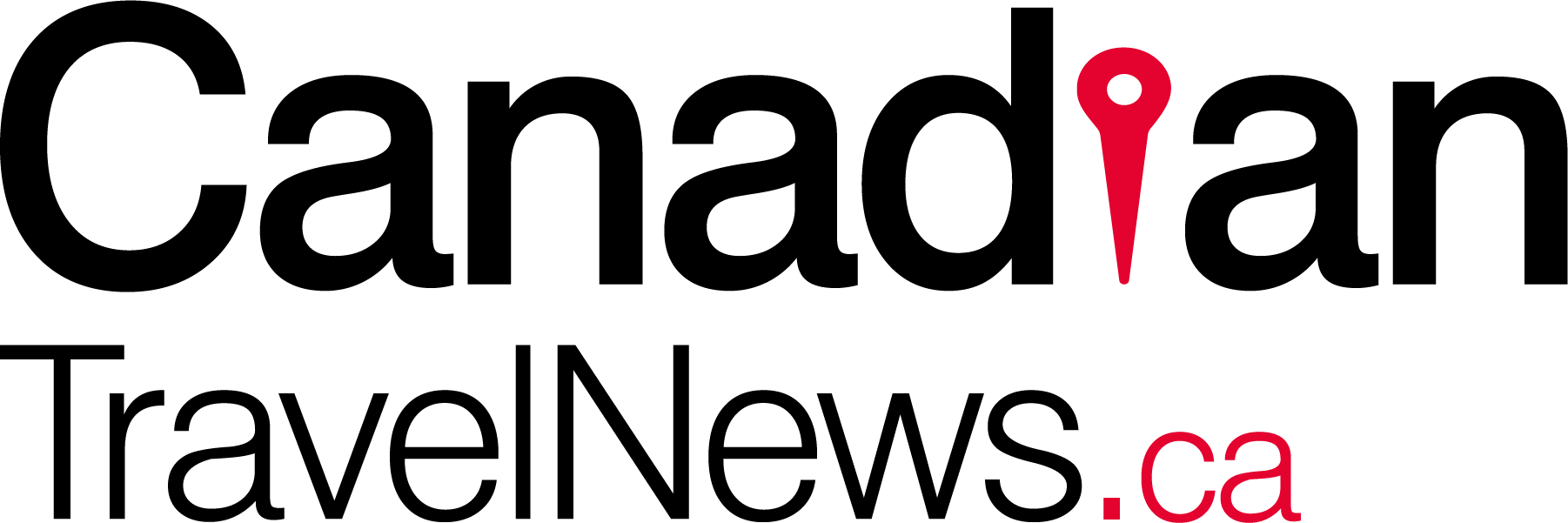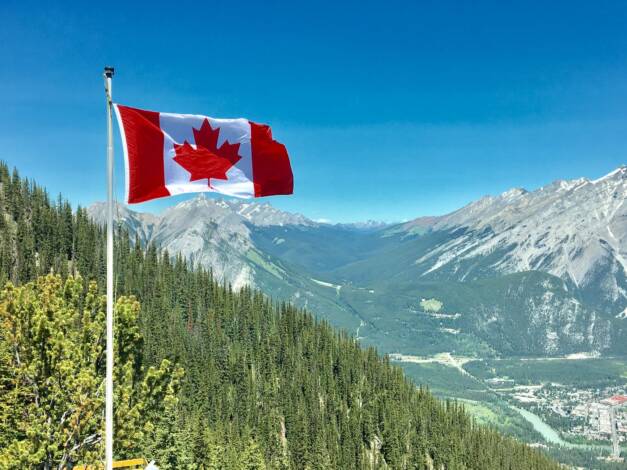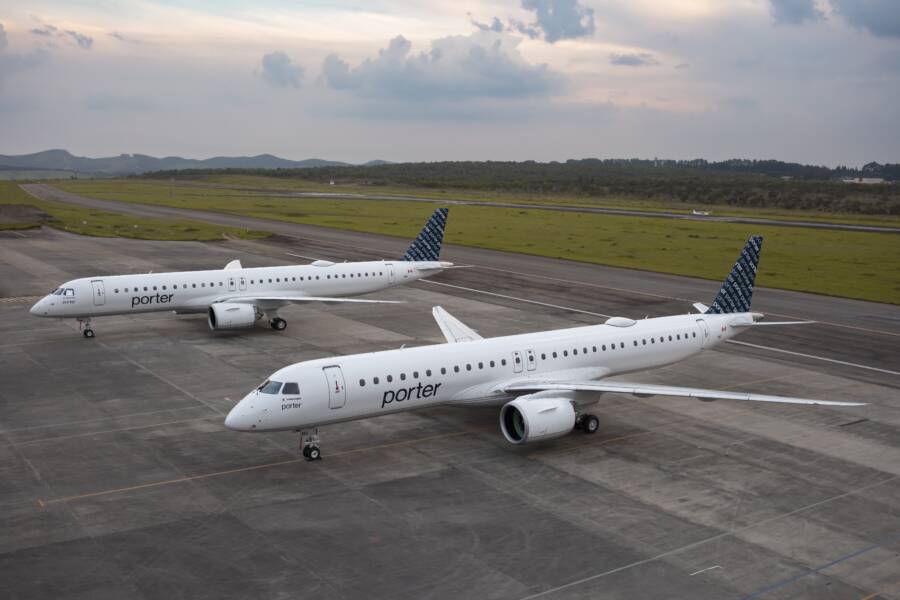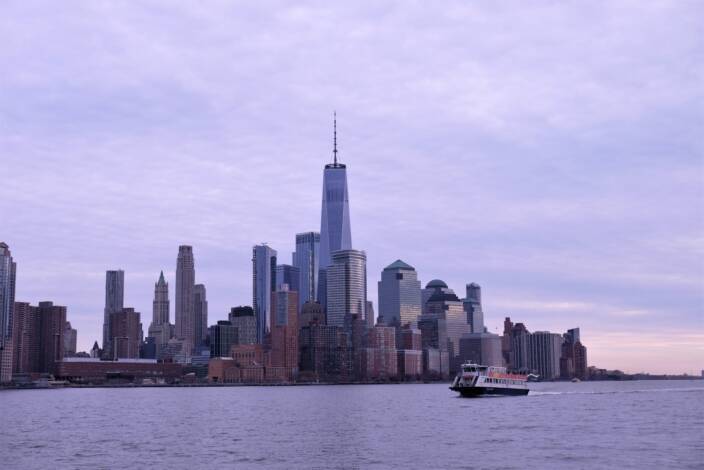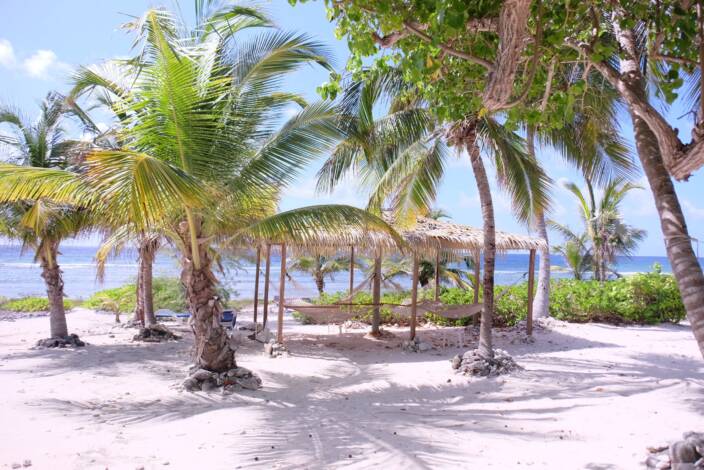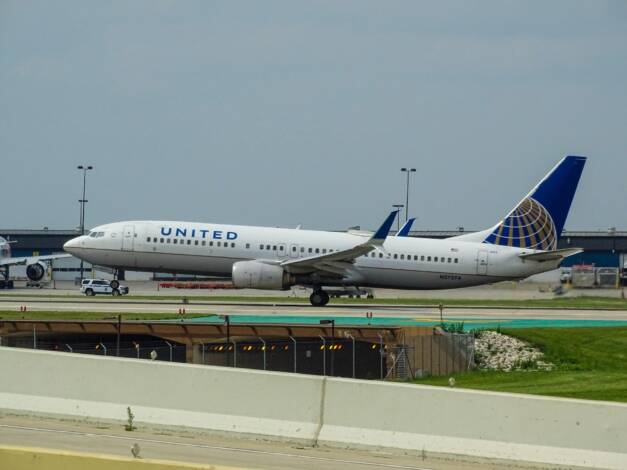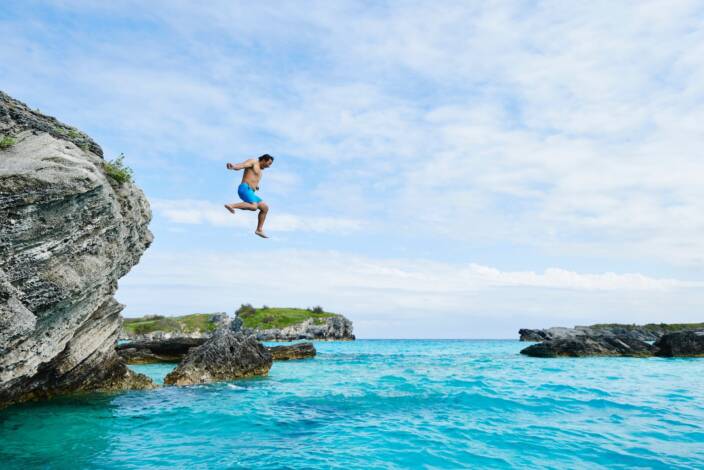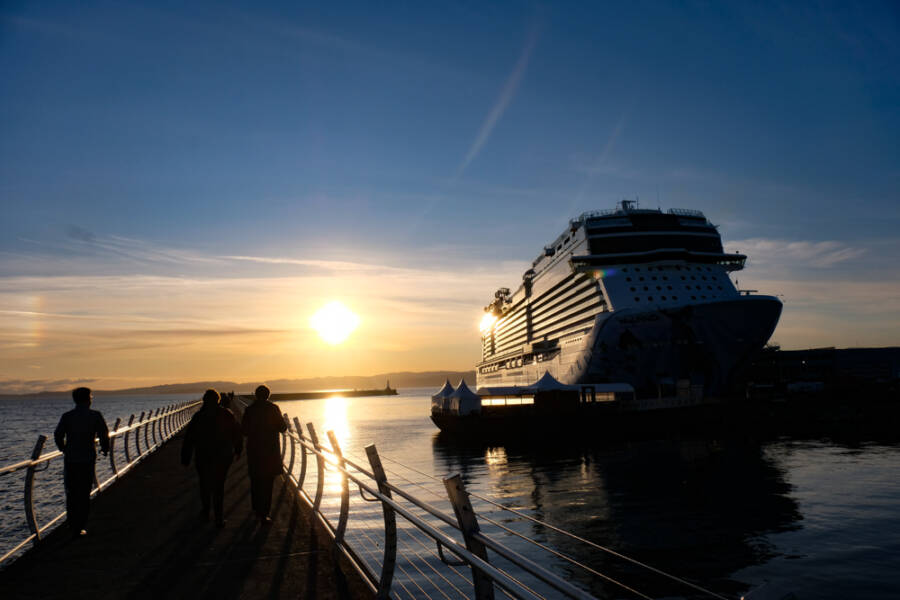
Canadian Businesses Need a Road Map For a Safe Border Reopening: Victoria Harbour Authority
April 11, 2021 ctn_admin
By Ian Robertson
On February 4, 2021, Transport Canada made the decision, based on advice from the Public Health Agency of Canada, to extend the suspension of cruise in Canada until February 28, 2022. This is a decision that I continue to support. The health and safety of the community remains the top priority for our organization. Cruise will resume when border restrictions are removed and when people may again begin to plan for non-essential travel.
However, it is time for the Government of Canada, with the Province of British Columbia and other relevant stakeholders, to determine a road map for the safe reopening of the Canada-U.S. land and marine borders. I am not advocating for re-opening before it is safe to do so; I am asking that government, industry and local communities work together to understand what factors need to be met to begin to welcome our American neighbours back to Canada. A plan must be put in place that allows a methodical, incremental reopening of the border. In tandem, we also must have clarity on how to clearly communicate, once borders are re-opened, that we are in fact ready to welcome visitors back.
In the cruise sector, Victoria and Vancouver play a critical role in the Alaskan cruise itinerary. Ships travelling to Alaska are required to call in an international port – in this case a Canadian port – to adhere to the United States’ Passenger Vessel Services Act (PVSA). We have worked diligently over the last few decades to encourage cruise lines to extend their length of time in Victoria. Many cruise ships now call for additional periods of time and have increased their partnerships with the dozens of locally-owned businesses that offer shore-based excursions throughout the region. But there is little doubt that satisfying the PVSA requirement is a primary factor in itinerary planning.
Senators and Congressional members from Alaska have recently tabled the ‘Alaska Tourism Recovery Act,’ which calls for a temporary exemption from the PVSA while the Canadian border remains closed to cruise ships. Our concern is that this temporary exemption may be ratified by U.S. lawmakers, but then become permanent beyond this year, meaning that the more than $2.7 billion annual economic injection from the cruise industry into British Columbia would be devastated and lost for the long-term.
It is critical that our governments, both federal and provincial, have an industry-backed plan to safely re-open our borders as vaccination rates increase both in the U.S. and in Canada. This will signal that our country remains open to tourism, including cruise visitation, in a post-COVID world. We have been advocating in recent weeks and months for these critical signals alongside cruise sector and tourism industry partners; now is the time to act.
These efforts will also ensure that the small businesses that support the cruise industry in British Columbia will have certainty in their future and the ability to further invest. Businesses cannot make short or long-term decisions without a sign from government that there are plans in place looking ahead into 2021 and beyond.
I look forward to the safe resumption of cruise in the future, which will be a result of bi-national efforts to reduce the impact of COVID-19 including increased health and safety measures, vaccinations, and continued personal layers of personal protection. Our team will be ready to welcome passengers and crew back to Victoria when ships are permitted to return.
About the Greater Victoria Harbour Authority
The Greater Victoria Harbour Authority is a community-based, not-for-profit organization that is committed to the stewardship and sustainable growth of Victoria’s dynamic working harbour. The organization is governed by a 13-member Board of Directors, represented by four independent community members and eight Member Agencies: Esquimalt Nation, Songhees Nation, Capital Regional District, City of Victoria, Township of Esquimalt, The Chamber, Victoria Esquimalt Harbour Society, and Destination Greater Victoria.
The Greater Victoria Harbour Authority owns and operates several high-profile community amenities including the Ogden Point Breakwater, Inner Harbour lower causeway, Ship Point, and customs dock at Raymur Point. Within its commercial and marine industrial holdings are The Breakwater District at Ogden Point, Fisherman’s Wharf, four Inner Harbour marinas, and the historic Steamship Terminal. The organization manages the Victoria Cruise Terminal at The Breakwater District, which is Canada’s busiest cruise port of call and contributes more than $130 million annually to the Greater Victoria economy. The cruise industry in Victoria is responsible for more than 800 direct and indirect jobs.
Ian Robertson is the CEO of the Greater Victoria Harbour Authority
